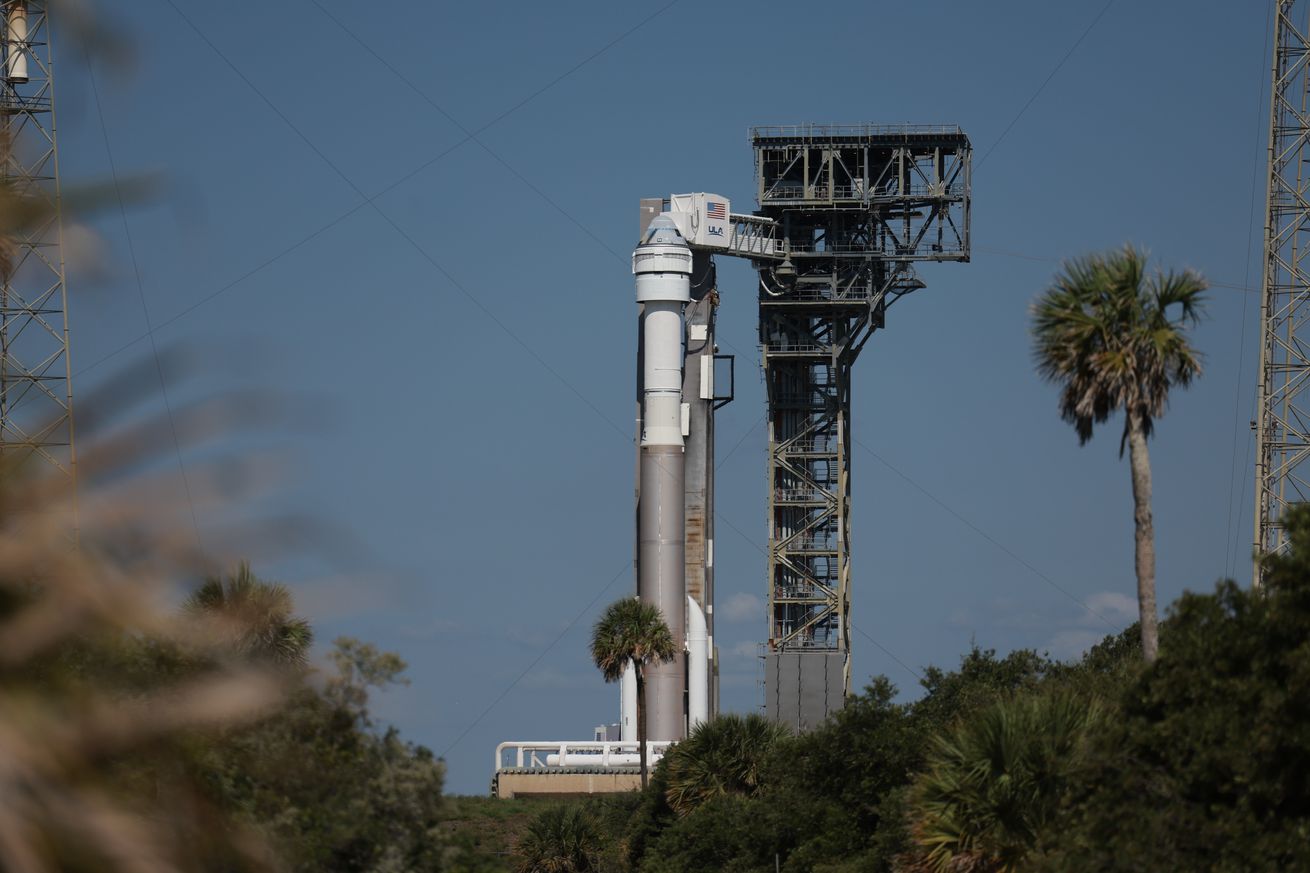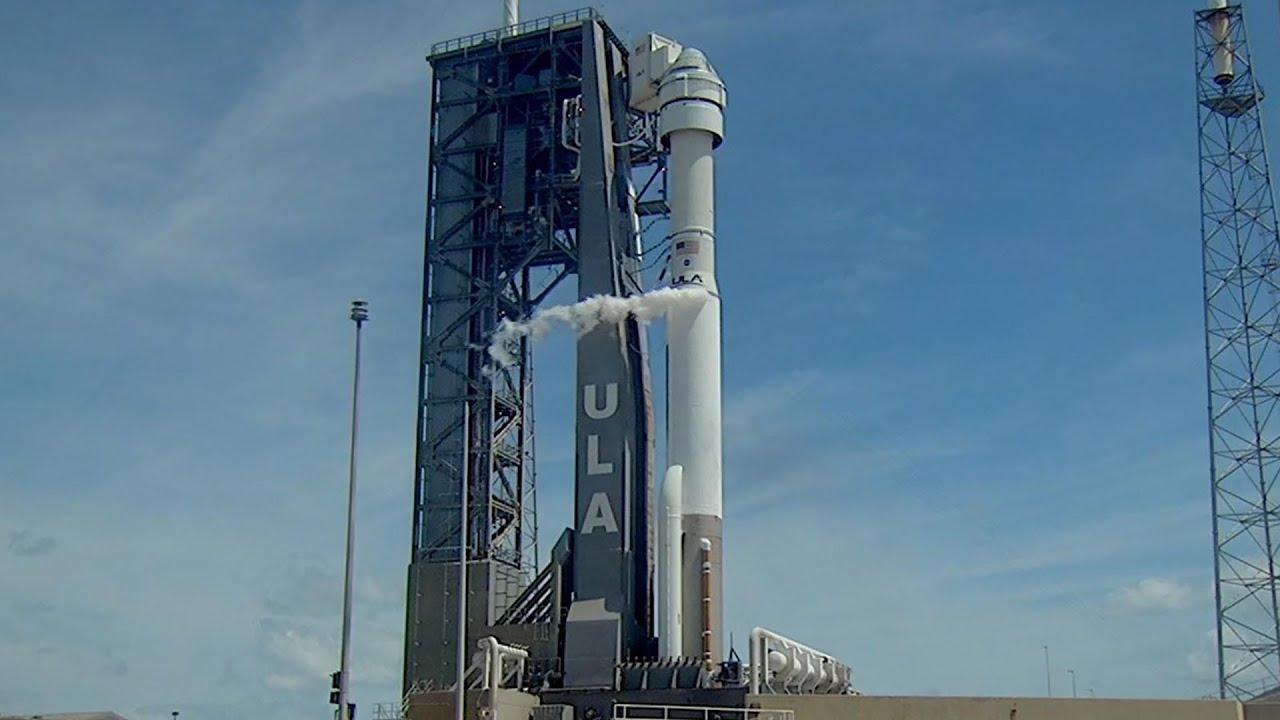Starliner Launch Details
The Starliner launch mission, a significant milestone in NASA’s commercial crew program, is set to launch the Starliner spacecraft on a journey to the International Space Station (ISS). This mission aims to demonstrate the spacecraft’s capabilities and pave the way for future crewed flights to the ISS.
The Starliner launch has been a much-anticipated event, bringing to mind the tumultuous trial of Amanda Knox , a reminder of the complexities of justice and the power of public opinion. As the Starliner embarks on its journey, it carries with it the hopes and aspirations of scientists and engineers, a testament to human ingenuity and the relentless pursuit of knowledge.
The Starliner spacecraft, developed by Boeing, is designed to transport up to four astronauts to and from the ISS. It features an advanced life support system, autonomous docking capabilities, and a reusable design. The spacecraft will carry a variety of cargo, including supplies and experiments, to the ISS.
The Starliner launch, initially scheduled for this week, has been postponed due to technical difficulties. While we eagerly await the rescheduled launch, we can’t help but wonder when the highly anticipated series, what time is the acolyte coming out , will grace our screens.
The wait for both the Starliner launch and the release of this captivating show is tantalizingly close.
Timeline and Milestones
- Launch: The Starliner spacecraft is scheduled to launch on a United Launch Alliance Atlas V rocket from Cape Canaveral Space Force Station in Florida.
- Rendezvous and Docking: After launch, the Starliner will perform a series of maneuvers to rendezvous with the ISS and dock with the station’s Harmony module.
- Crew Transfer: Once docked, the Starliner’s crew will transfer to the ISS, where they will conduct a series of experiments and maintenance tasks.
- Undocking and Return: After approximately six months on the ISS, the Starliner will undock and return to Earth, landing in the Western United States.
Significance for NASA’s Commercial Crew Program
The Starliner launch mission is a critical step in NASA’s commercial crew program, which aims to develop and utilize commercial spacecraft for transporting astronauts to and from the ISS. The successful launch and operation of the Starliner will provide NASA with an additional option for crewed missions to the ISS, increasing the agency’s flexibility and reducing its reliance on Russian spacecraft.
Starliner Launch Challenges

The Starliner launch faces several potential technical, operational, and environmental challenges that could impact mission success. These challenges include:
Technical Challenges
- Propulsion system failures: The Starliner’s propulsion system is critical for launch, orbit insertion, and return to Earth. Any failure in this system could jeopardize the mission.
- Avionics malfunctions: The Starliner’s avionics systems control the spacecraft’s navigation, guidance, and communications. Malfunctions in these systems could lead to loss of control or communication with the spacecraft.
- Software glitches: The Starliner’s software is responsible for controlling all aspects of the spacecraft’s operation. Software glitches could cause the spacecraft to behave unpredictably or even fail.
Operational Challenges
- Launch delays: The Starliner launch could be delayed due to weather conditions, technical issues, or other unforeseen circumstances. Delays could increase the cost of the mission and put the spacecraft at risk.
- Mission abort: In the event of a serious problem during launch or orbit insertion, the Starliner crew may need to abort the mission and return to Earth. This could be a dangerous and stressful situation.
- Space debris: The Starliner launch will take place in a region of space that is heavily populated with space debris. This debris could pose a collision hazard to the spacecraft.
Environmental Challenges
- Extreme temperatures: The Starliner will be exposed to extreme temperatures during launch and orbit insertion. These temperatures could damage the spacecraft’s components or make it difficult for the crew to survive.
- Radiation exposure: The Starliner crew will be exposed to high levels of radiation during their mission. This radiation could pose a health risk to the crew.
- Micrometeoroids: The Starliner will be exposed to micrometeoroids, which are small particles of space debris that can damage the spacecraft’s exterior.
Measures to Mitigate Challenges
NASA and Boeing have taken a number of measures to mitigate the potential challenges associated with the Starliner launch. These measures include:
- Thorough testing: The Starliner spacecraft and its systems have undergone extensive testing to ensure that they are ready for launch.
- Redundancy: The Starliner spacecraft has redundant systems for critical functions, such as propulsion and avionics. This redundancy helps to ensure that the spacecraft can continue to operate even if one system fails.
- Contingency plans: NASA and Boeing have developed contingency plans for a variety of potential problems that could occur during the launch. These plans include procedures for aborting the mission and returning the crew to Earth safely.
Lessons Learned from Previous Launch Attempts
NASA and Boeing have learned a number of lessons from previous launch attempts, including the failed launch of the Starliner in 2019. These lessons have been incorporated into the planning for the upcoming launch. For example, NASA has increased the amount of testing that the Starliner spacecraft and its systems undergo. Boeing has also made changes to the spacecraft’s design to make it more reliable.
Starliner Launch Impact

The successful launch of Starliner would mark a significant milestone in the realm of space exploration, carrying with it the potential to reshape the future of space travel and scientific advancements. Its impact would reverberate across commercial spaceflight, scientific research, and international collaboration, paving the way for a new era of space exploration.
Commercial Spaceflight
Starliner’s successful launch would bolster the commercial spaceflight industry, opening up new avenues for private companies to engage in space exploration and space tourism. This could lead to the development of innovative technologies, cost-effective launch systems, and the establishment of commercial space stations, further expanding the reach of human presence in space.
Scientific Research
The Starliner mission would provide a platform for groundbreaking scientific research, enabling scientists to conduct experiments in microgravity and study the effects of space travel on human physiology. The data gathered from these experiments would contribute to our understanding of human spaceflight, paving the way for longer and more sustainable space missions in the future.
International Collaboration, Starliner launch
The Starliner launch is a testament to the power of international collaboration in space exploration. Its development involved the joint efforts of NASA and Boeing, as well as the participation of international partners such as the European Space Agency. The successful launch would strengthen these partnerships and foster further cooperation in future space endeavors, promoting a shared vision for the exploration and utilization of space.
The Starliner launch has been eagerly anticipated, and the anticipation is building. With its sleek design and advanced technology, the Starliner promises to revolutionize space travel. As we wait for the launch, let’s delve into Rotten Tomatoes: The Acolyte to catch up on the latest entertainment news and reviews.
But don’t forget to tune back in for the Starliner launch, which is sure to be a momentous occasion in the annals of space exploration.
The highly anticipated starliner launch is finally upon us. This historic event marks a significant milestone in space exploration, as it will be the first crewed flight of Boeing’s Starliner spacecraft. The launch, scheduled for later this year, has been eagerly awaited by space enthusiasts and scientists alike, as it promises to pave the way for future human missions to the International Space Station and beyond.
As the countdown to the starliner launch approaches, anticipation hangs in the air. The mission, a crucial step in human space exploration, promises to pave the way for future voyages beyond our planet’s atmosphere. As we eagerly await the liftoff, the eyes of the world will be fixed upon this historic moment, where the boundaries of our reach are pushed ever further into the vast expanse of space.
